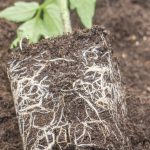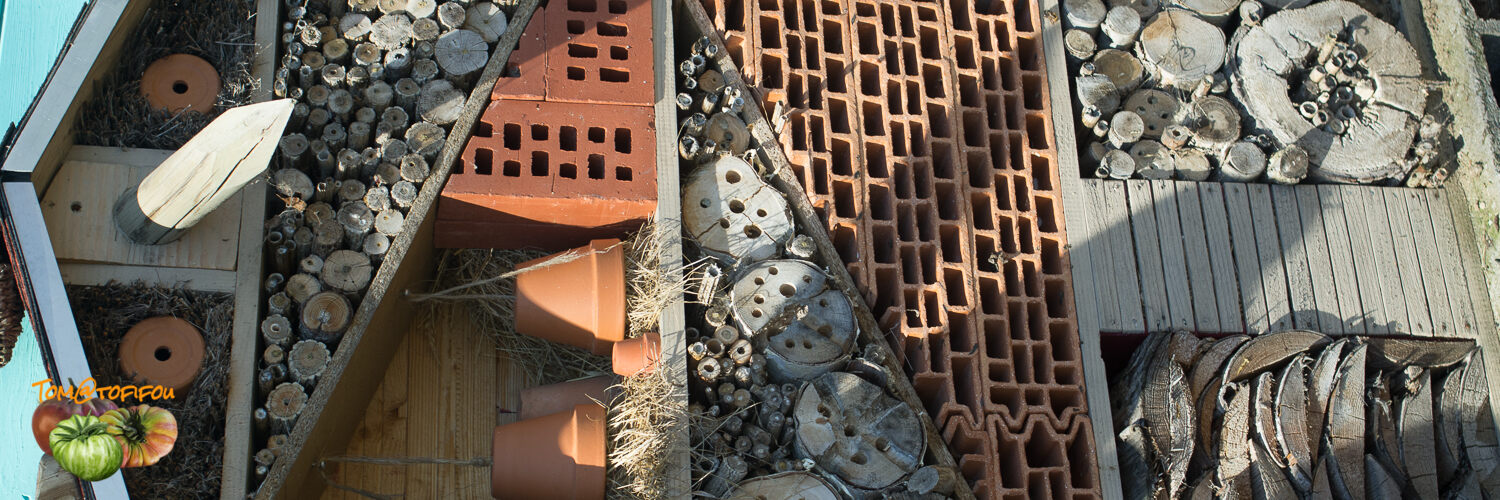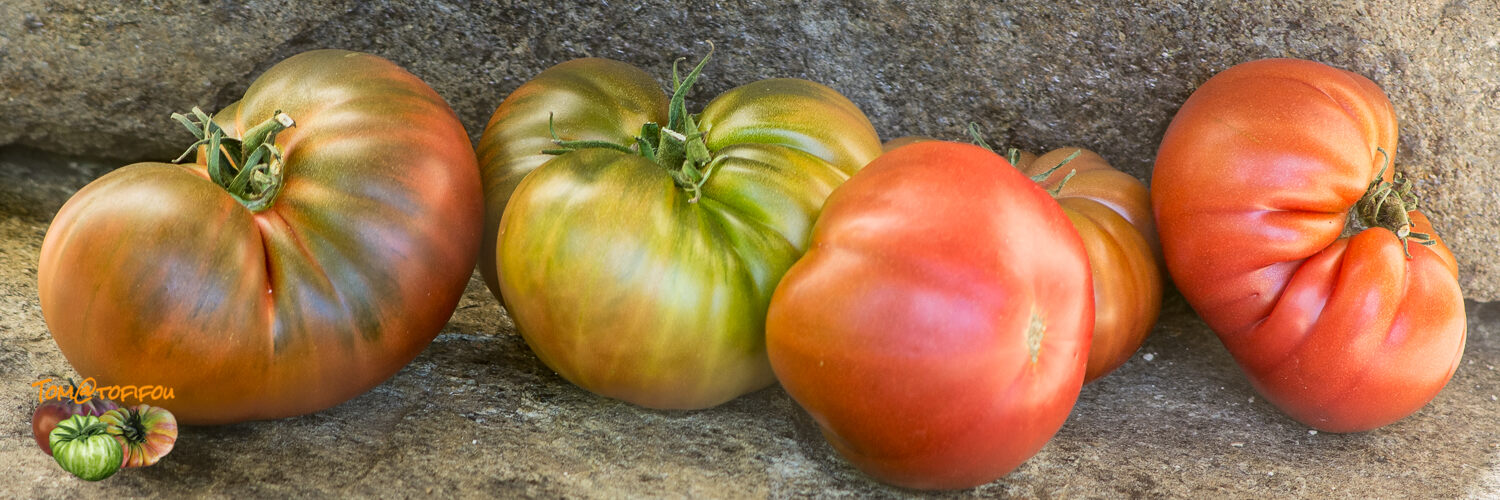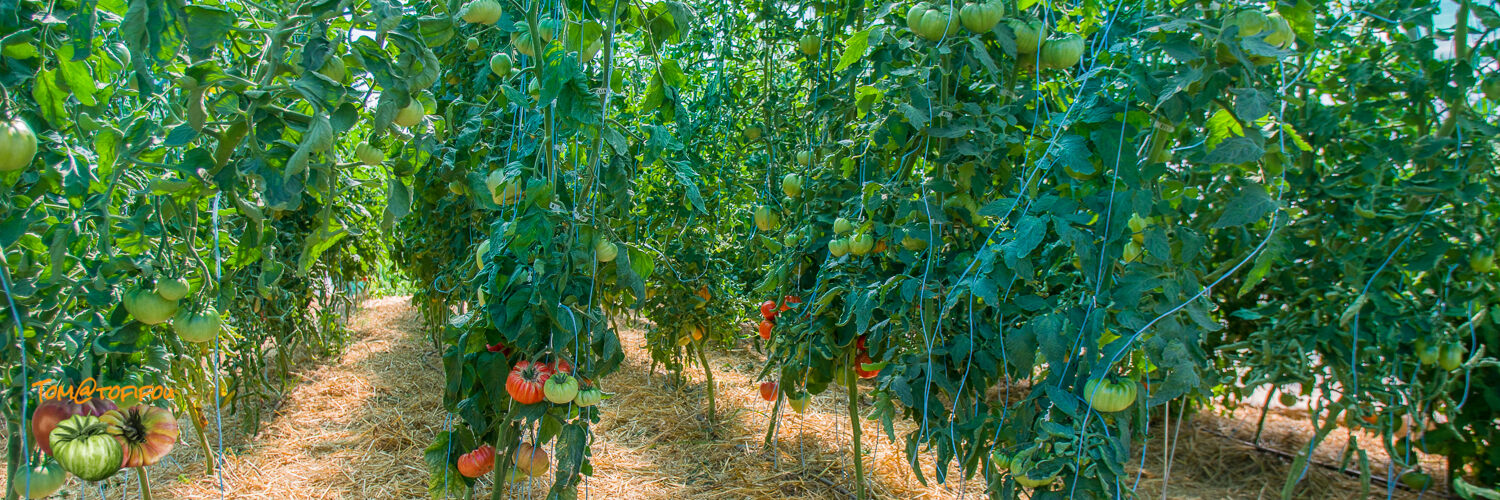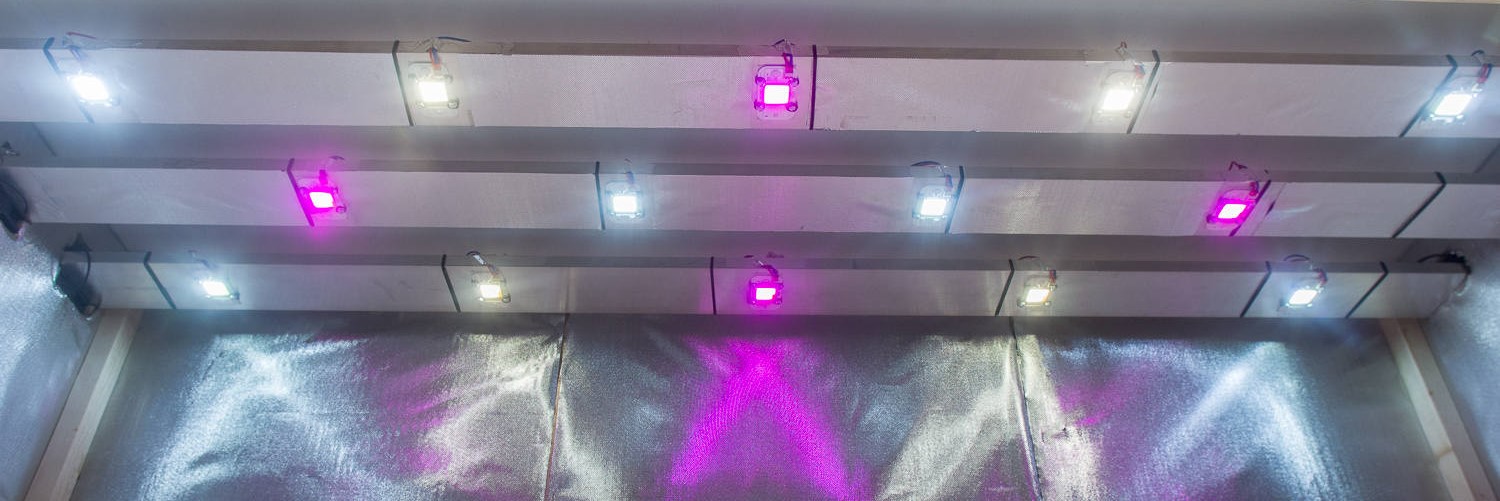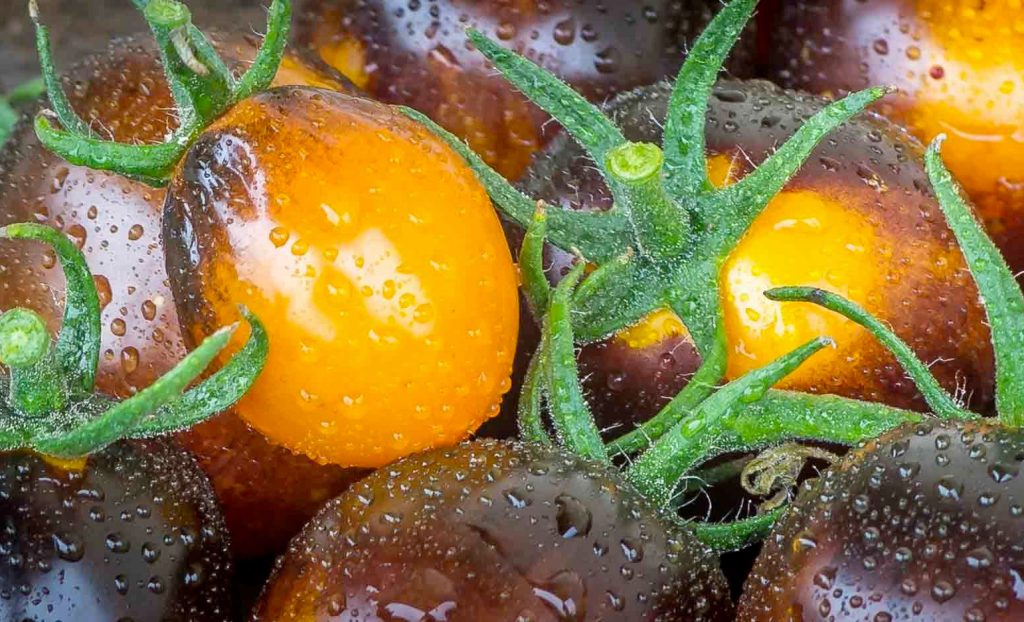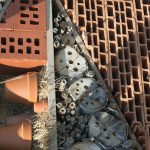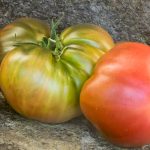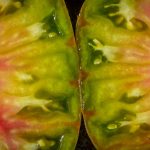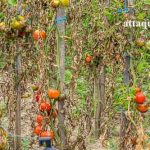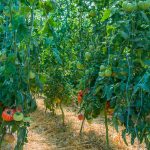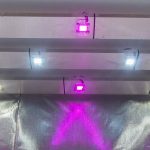
Watering management
Who hasn't wondered when and how much water is needed to achieve optimum watering of greenhouse tomato plants. We hear everything and its opposite when it comes to a question where multiple factors come into play. Indeed, the variables are numerous: the quality of the soil, the sunshine, the temperature, the hygrometry, the stage of growth of the plants, etc. There is no miracle recipe but general rules to follow and adapt according to your needs.
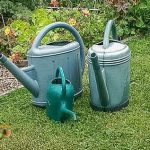
Water is a limiting factor whether by excess or lack. The root system of tomatoes tolerates dryness, or dry/wet alternation, better than stagnant humidity, which can lead to root asphyxiation. As a general rule, regular watering should be preferred rather than adding a large amount of water at once, which can lead to soil leaching and fruit splitting. In organic cultivation it is possible to under water to generate a situation of slight stress and thus stimulate the exploration of the soil by the roots. It is even advisable to cover only 80% of the plant's needs in order to obtain a higher percentage of dry matter, better conservation and a superior flavor.
-After planting:
Special consideration should be given to water requirements at this stage. Indeed, good rooting will depend on robust plants and good production. When planting, the supply of water must allow the demarcation, connection of the plant with the ground, it is done by copious watering directly from the hose. Beforehand, the clods of the plants will have been soaked in lukewarm water for better moistening.
You have to help the plants to develop deep roots. Alternating between the "wet" morning and the "dry" end of the day stimulates good rooting. By drying out the root ball allows oxygen to penetrate and the need for oxygen of the roots to develop is important, it is the RFU (easily usable water reserve) which will be used to feed the plants during this phase. This period is very important to promote good rooting. Therefore water at "minimum" always in the morning and never after noon. A singularity: watering by sprinkling at this stage is recommended because beneficial to the plants!
The 15 days following planting, watering must be particularly monitored, which will prevent future problems such as "black ass".
The University of Michigan has launched a study on the quality and performance of reducing irrigation water inputs. This study shows that retained irrigation immediately after planting tomato plants can save significant amounts of water while increasing yields. For many years, some tomato growers under plastic shelters have withheld irrigation for some time after transplanting to reduce irrigation input and nutrient leaching and to promote deep root development. Deep roots are believed to help improve yield through better nutrient utilization and higher water uptake capacity. The results obtained after an irrigation delay carried out until the vegetative stage showed that there were no penalties in terms of yield and that a substantial water saving, approximately 20%, was achieved.
-After the recovery of the plant:
They are defined according to:
- ETR: Actual EvapoTranspiration=KEPT.
- ETP: Potential EvapoTranspiration expressed in mm of water evaporated/day (ETP = K x SRG) . The transpiration rate of tomato plants is strongly related to the SRG.
-ETM: Evapo Maximal Transpiration.
- Kc: Coefficient culture variant depending on the stage of the plant. Needs depend on the cycle of the plant. Indeed, according to its cultural stage, the tomato plant does not have the same needs.
Water intake should cover 80% of ETP data.
Some general points: during the vegetative phase the humidity is maintained around 70-80%, beyond this threshold there is a risk of development of "Botrytis". At the time of flowering, it is desirable to lower the percentage of humidity to around 60-70% in order to facilitate the dissemination of pollen. During fruit fattening and ripening, high humidity at night increases calcium uptake and therefore reduces the occurrence of blossom-end necrosis. During the day it restricts cracks and corrects color defects. Contrary to popular belief, it is necessary to water when the plants are active, that is to say from 1 to 2 hours after sunrise and at the latest 2 hours before sunset. Indeed, night watering can cause root asphyxia.
There are several scientific methods of calculating needs depending on the variables on which we rely. They are essentially suitable for computer-assisted irrigation management. They are cited for information purposes only, at the level of amateurs there are simplified formulas, less precise of course, which are the synthesis of the different methods, they will be less nebulous and more comprehensive for the average gardener.
Find the complete and documented article by following this link:

